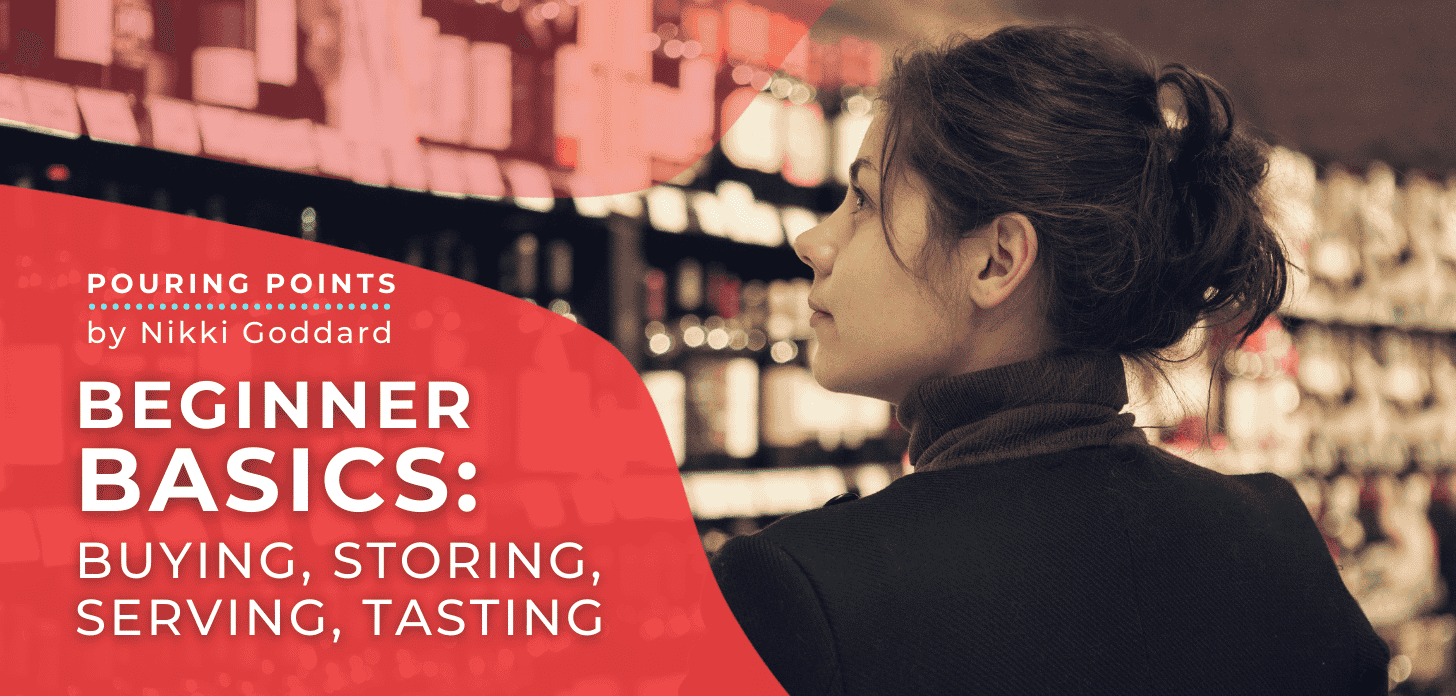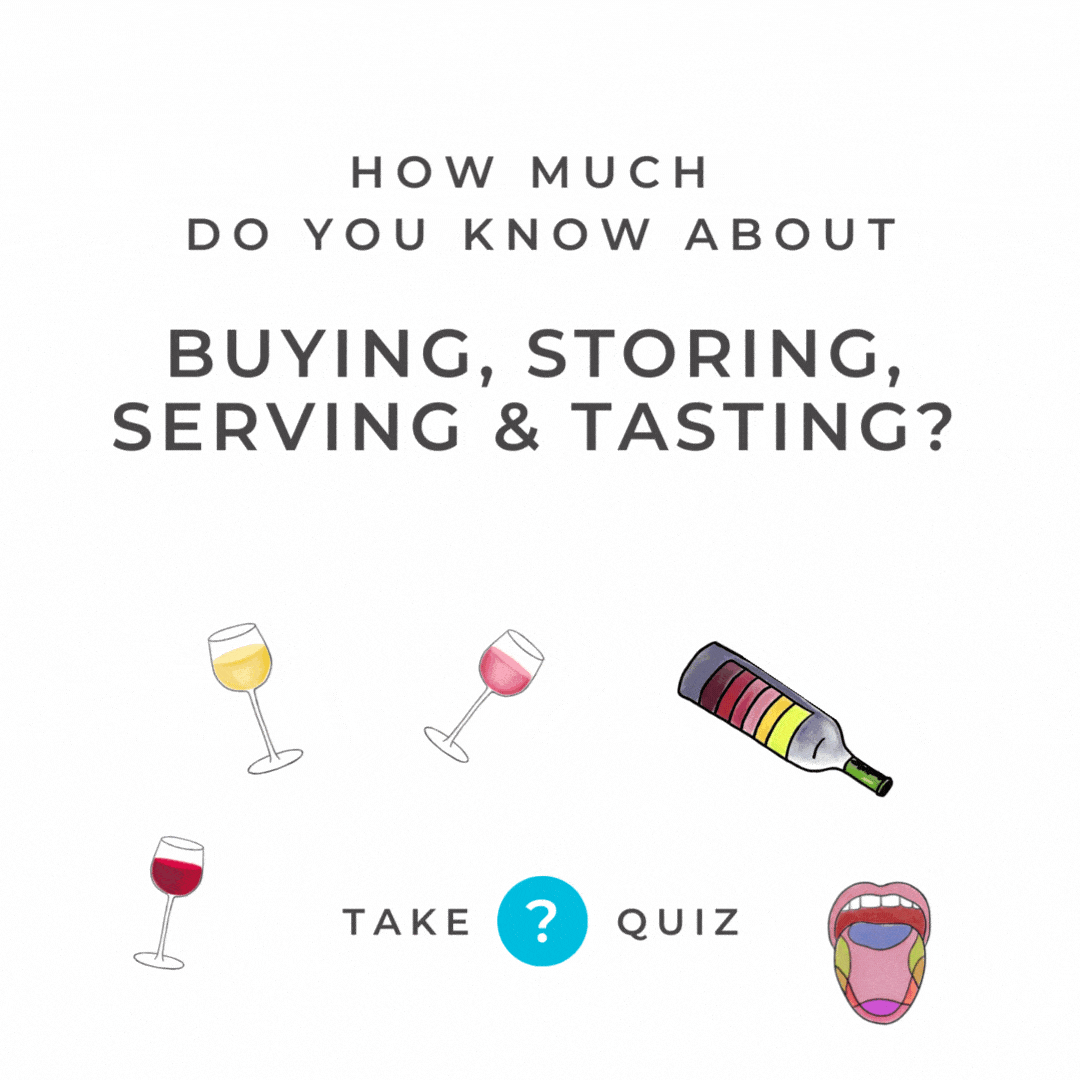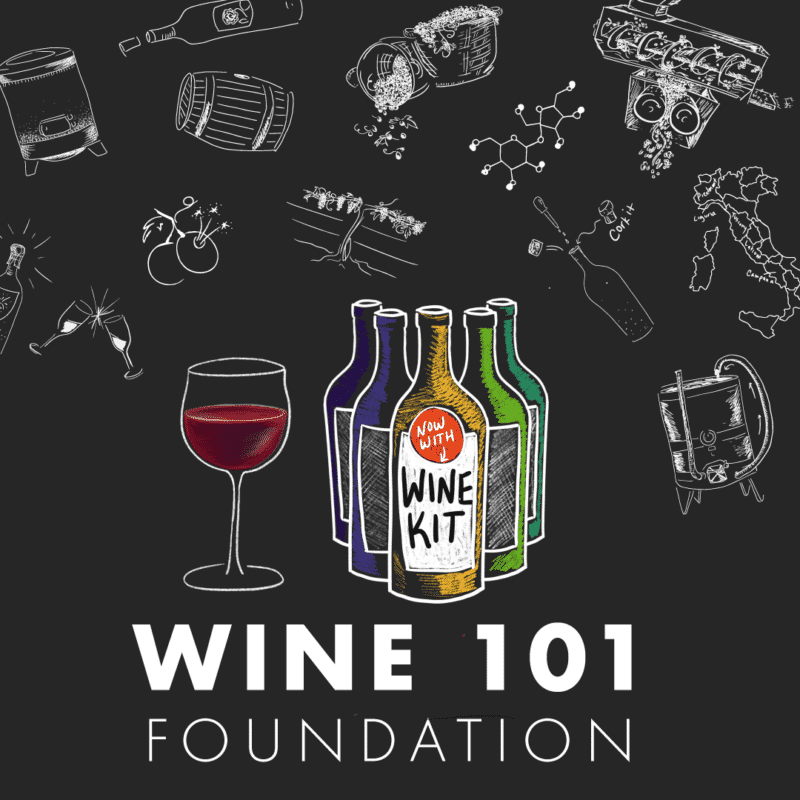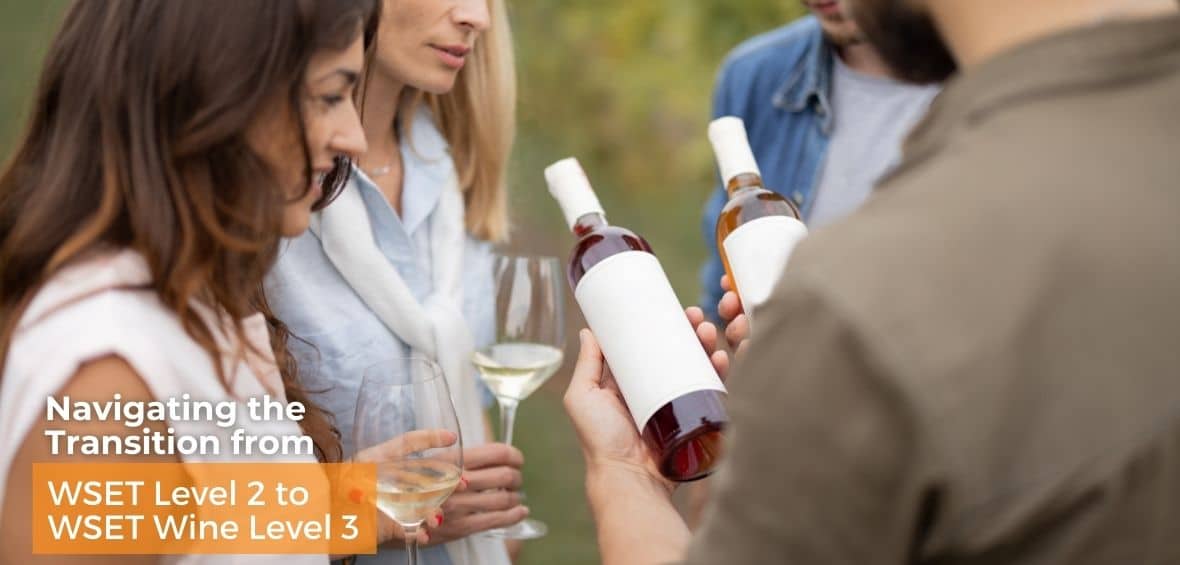Everything you need to know to begin your journey toward a lifetime of wine enjoyment.
by Nikki Goddard
Beginner Basics: Buying, Storing, Serving, and Tasting
To the novice, simply learning about all the different wine styles, regions, and grape varieties can be a daunting endeavor—so when the time comes to purchase, store, serve, and enjoy the wine, it may feel like yet another mountain to climb. But do not fear—this quick and easy guide tells you everything you need to know to skip the stress and focus on the best part: sipping and savoring.
Buying Wine
Even seasoned pros can feel overwhelmed when walking into a new wine store and discovering a slew of unfamiliar labels. However, shopping for wine can be quite fun if you are armed with a bit of basic knowledge.
The most important thing to remember: Don’t be afraid. Wine shop employees don’t expect you to be an expert; most of them enjoy making recommendations and helping customers discover their new favorite selections.
The next step is to decide where to shop for wine. If you prefer shopping in person, you’ll want to start by determining your priorities; supermarkets or chain establishments like BevMo and Total Wine generally offer the best values, but the selections tend toward large, commercial wineries, while at your local, independently owned shop, you’ll likely find a much more curated selection of smaller-scale producers. At the local shops, you are much more likely to find friendly, informed salespeople eager and willing to provide thoughtful recommendations.
Shopping for wine online, either from independent retailers or large websites like Wine.com, is another option with pros and cons. There is, of course, the convenience of shopping from home, although you will need to ensure that an adult is at home to receive and sign for the delivery. Shopping for wine online usually allows you to learn more about the wine before making your purchase. Most sites list more information than you will find on the back of a bottle—but you will lose the personal experience of speaking with a salesperson about your individual preferences.
Knowing what you like and are looking for is invaluable in getting a suitable recommendation in a wine shop. But you don’t need to have it all figured out—a good salesperson can work wonders with a simple phrase like “I usually enjoy big, fruit-forward reds,” “I’m looking for something to drink by the pool on a hot day,” “I want a white wine that will be great ten years from now,” or “I’d like a wine that pairs well with grilled salmon.” You’ll also want to be upfront about how much you’d like to spend—perhaps under $20 for a casual weeknight dinner or up to $50 or $100 for a special occasion.
Storing Wine
When you want to drink the wines you’ve purchased will determine where you should store them, but some general rules of thumb should always be followed. Wine is susceptible to light, heat, and humidity, so you will want to store your wine somewhere that is consistently cool, damp, and relatively dark, ideally between 53° and 59° F and between 75 and 95 percent humidity. Avoid direct sunlight, which will “cook” the wine, and do not store your wine on top of a refrigerator or washing machine—the vibrations can negatively affect the wine’s aromas and flavors—or anywhere close to chemical odors like paint.
For long-term storage, you will want to keep wine bottles on their sides to keep the cork moist. If space and money permit, the best solution for storing your wine collection is a wine fridge (or an in-home cellar specifically designed for wine storage). Using wooden wine racks may be sufficient if you live somewhere with a temperate, consistent climate. If you cannot store your bottles in the appropriate conditions at home, another option is to rent storage space in a refrigerated warehouse.
Serving Wine
A little knowledge about serving wine can go a long way toward helping you get the best out of each bottle. Serving temperature is crucial and varies with wine style—light, crisp whites, rosés, and sparkling wines should be served at a brisk 45° to 55° F, fuller-bodied whites and light reds around 58° to 62° F, and full-bodied reds between 62° and 65° F.
If your wine is sealed with a cork, find a wine opener that you like—there is no need for clunky and expensive technology here; most wine professionals prefer the simple waiter’s friend style corkscrew—use the knife to cut the foil capsule, if there is one, and remove the cork. Most wines can then be poured into your glass to taste; older or more tannic wines may need to be poured into a decanter for aeration or to remove sediment prior to serving.
Taste the wine before serving it to your guests to ensure that it is not faulty. If the wine smells and tastes clean, go ahead and serve it—either in the traditional stemware for the wine style (Burgundian varieties show best in a glass that is broad and rounded at the bottom; Bordeaux varieties thrive in a glass with a narrower, oval-shaped bowl), or in your favorite all-purpose glass.
Tasting Wine
Of course, the best part of the wine experience is actually tasting the wine. If you are tasting or serving several different wines, you’ll want to start with the most delicate styles first, and end with the richest. Accordingly, go from light- to full-bodied, white to red, sparkling to still, and dry to sweet.
To evaluate the wine, take a moment to observe its characteristics. First, swirl the glass to release the wine’s aromatic compounds, and then stick your nose into the bowl and take a deep sniff. Next, take a sip of the wine, but do not swallow it right away—instead, swish it around in your mouth, letting it wash over the different flavor receptors on your tongue.
Pay attention to the types of aromas and flavors you perceive in the wine—this is a highly subjective process, so remember that there are no wrong answers! Look for different categories, like fruits, flowers, herbs, spices, and so on, and try to discern the specifics within each category. If you are getting fruit, is it more like apple or lemon? More like blueberry or blackberry? A more complex wine will have a higher number of these aromas and flavor notes across a broader range of categories.
Next, you can evaluate each of the components that contribute to a wine’s balance: acidity (does it make your tongue pucker like you just bit into a lemon?), alcohol (how obvious is its presence?), body (does the texture feel more like water or milk in your mouth?), intensity (how strong are the aromas and flavors), sweetness (most table wines are dry, which means they have no or very little perceptible sugar), and, in red wines, tannin (does the wine feel bitter and astringent on your tongue, like over-steeped black tea?). Finally, pay attention to the finish—how long can you taste the wine after you have swallowed it?
Wine education is a lifelong journey, and even the most experienced professionals know that they will never learn everything there is to know, so novices should feel at ease—even excited—about the road ahead. If you understand these simple basics, you are already well on your way to a lifetime of wine enjoyment.

















